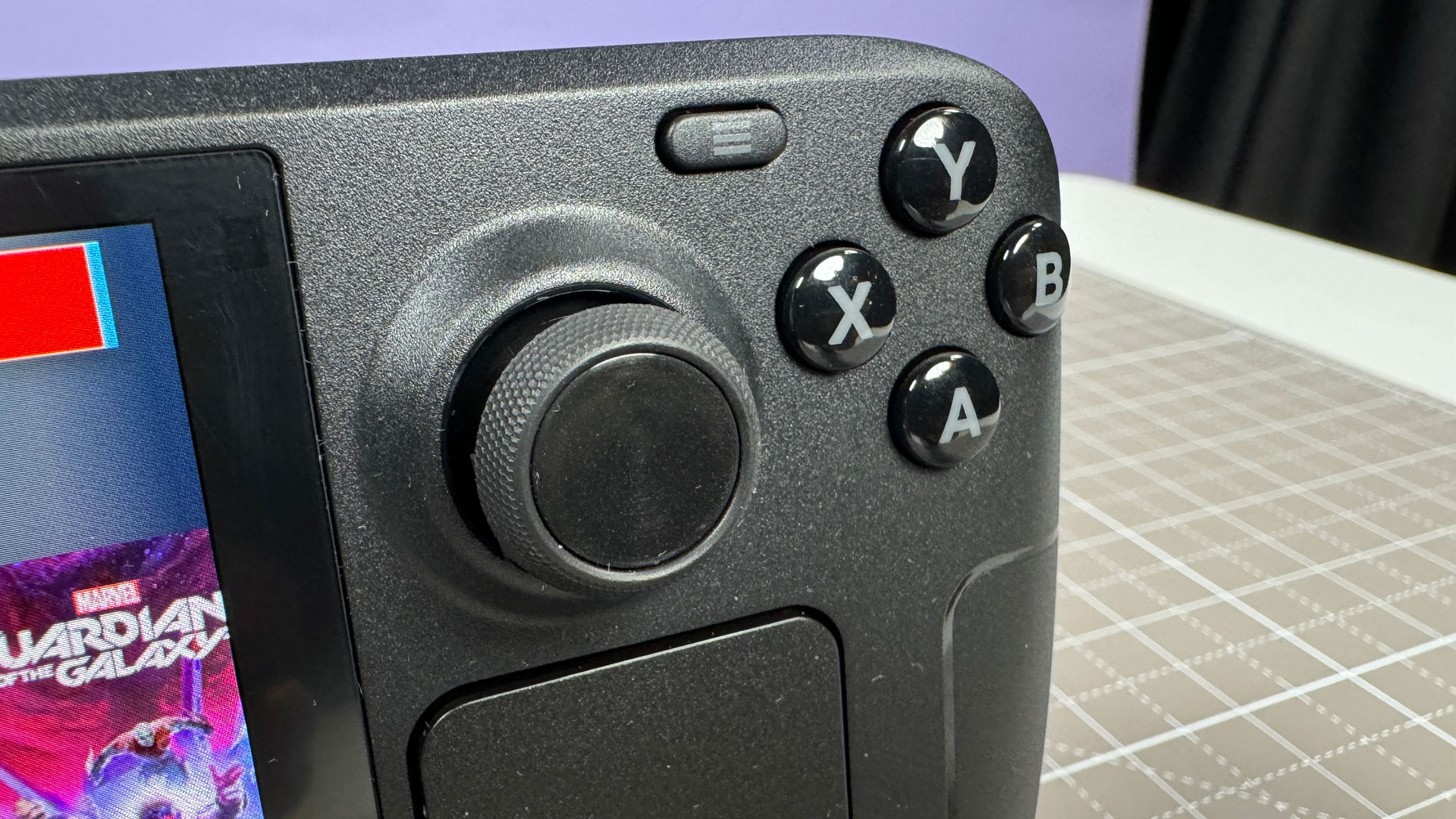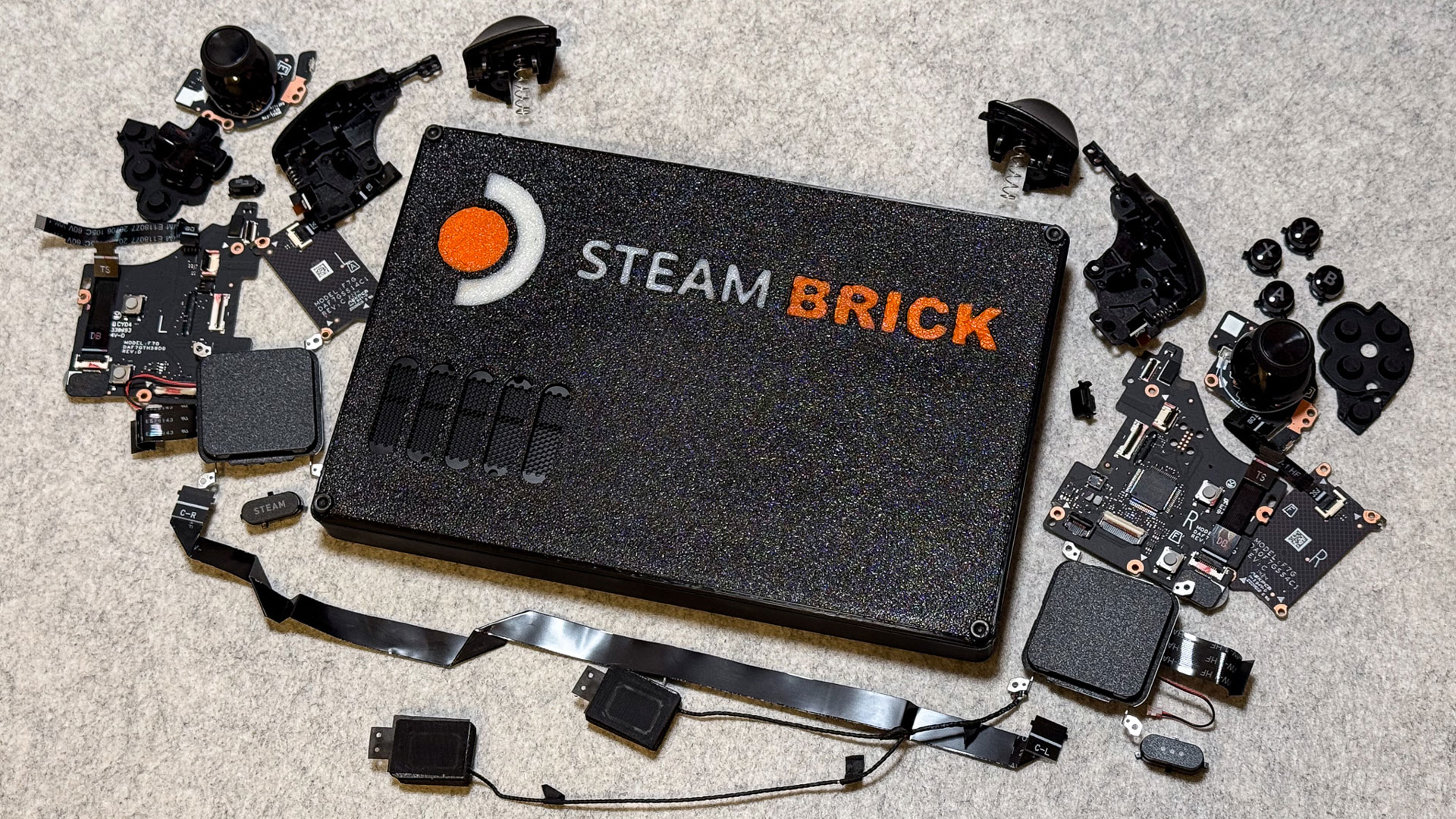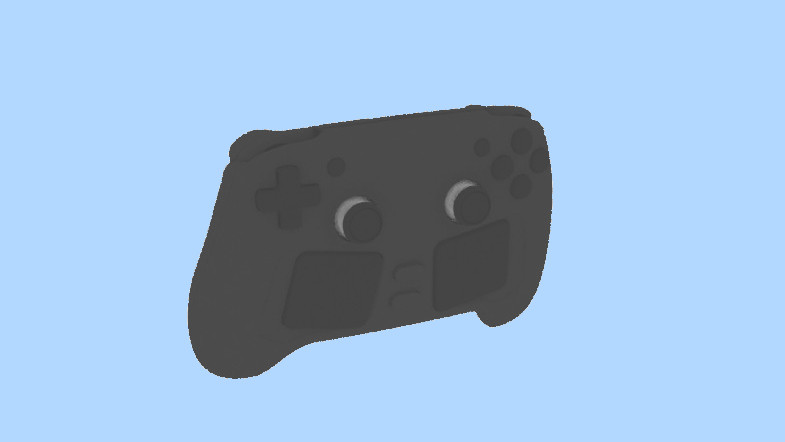
Following a report from GamingOnLinux pointing out that recent rumors of an in-testing Steam Console were simply vapor, an official statement from Valve developer Pierre-Loup Griffais on BlueSky confirmed this to be the case. Griffais clarifies that the pre-release Mesa Vulkan work on AMD's RDNA 4 architecture is perfectly in line with what Valve's been doing since AMD's Vega architecture. While it's true that Valve is indeed testing with and updating software for an upcoming GPU architecture, this does not mean they're suddenly relaunching the Steam Machine initiative.
That blows the dreams of a new Steam Console out of the water, right? At least for the foreseeable future, yes... but let's take a more critical look at Valve's foray into the "console" space and discuss the various possibilities, both for a revived Steam Machine initiative as well as for the Steam Deck 2.
What we know about Valve's hardware plans

The smoking gun for an incoming Steam console was never going to be enablement of some pre-release GPU architecture like AMD's RDNA 4. Consoles — even the likes of the Steam Deck — generally ship with custom hardware based on existing architectures. By the time a console actually releases, the GPU and CPU tech are almost always at least a generation behind the latest hardware. That's because extensive pre-planning is needed to launch platforms like these.
When the Steam Deck launched back in 2022, it used AMD's RDNA 2 architecture that first appeared back in November 2020, putting about a year and a half between the Steam Deck and its original GPU architecture, and 2.5 years between the Steam Deck and the Zen 2 CPU architecture. RDNA 4 is AMD's upcoming desktop architecture, and it would take even more time, effort, and money to roll that into an APU that would be feasible for a handheld.
The current top iGPU solutions use AMD's RDNA 3 and RDNA 3.5 iGPU architectures, and tangible performance gains while running on battery power haven't been exactly forthcoming. Higher performance while plugged in is one thing, but handhelds are very much constrained by their batteries. We only just started getting Ryzen AI HX 300 Series APUs with RDNA 3.5 iGPUs in the past few months.
Another major sign that a Steam Console isn't Valve's priority right now is that the confirmed Steam Deck 2 is "at least two or three years away," and Valve is waiting for greater leaps in hardware capabilities. Consoles typically shoot for a larger generation gap between releases, so while an RDNA 4 iGPU isn't out of the question for the eventual Steam Deck 2, it's not coming out any time soon. It would seem a bit extreme for Valve to be launching three distinct SteamOS hardware platforms in the span of just under seven years.
While RDNA 4 certainly looks tantalizing based on what we know, there's too much we still don't know — like what kind of power consumption it has, how much performance it offers, and how much it will cost. It will take time before we start seeing it in a form factor like a handheld PC.
Peering into the future with our crystal ball

Let's move into the realm of the unknown and the speculation that comes with it, while still remaining rooted in what we do know about PC hardware and how it impacts the (handheld) console market.
Late last year, there were legitimate leaks of new Valve designs for both a brand-new Steam Controller with an overhauled Deck-inspired design and next-gen VR controllers. The Steam Controller being iterated upon may point toward Valve reviving the Steam Link set-top box or the Steam Machine initiative in some manner... but it could also just be for providing parity between Steam Deck handheld and Docked play, especially for users who love making the most of Steam Input's extra features, like touch-sensitive gyro support.
Does this mean a Steam Console is totally outside the realm of possibility? Perhaps not — at the very least, it seems likely that once Steam OS 3 gets a wider release, more manufacturers may adopt it for mini PCs, laptops, handhelds, and the like. Additionally, a larger form factor would make it much easier for Valve to target features like real-time ray-tracing. On the current Deck hardware, RT is only feasible targeting 30 FPS in mostly-rasterized games, with full RT or path-traced games being completely out of the question thanks to both the old hardware and the very low power limits.
For a true generational leap in handheld performance, Valve needs more than RDNA 4 improved RT capabilities. It also needs a GPU architecture that can deliver those RT results at a 25W TDP (ROG Ally, Legion Go, MSI Claw, etc.) or 15W TDP (Steam Deck). With full discrete RDNA 4 mobile GPUs estimated to run somewhere in the range of 80-175W TDP, it's fair to say AMD isn't quite there yet.
But there are ways to get there if desired. RDNA 4 will use TSMC's N4 process node, which has been around for over two years now. The Steam Deck's Van Gogh APU is built on TSMC's now 'ancient' N7 node. Certainly a move to N5 or N4 would help quite a bit. But in a couple of years, the N3 and N2 variants should be more readily available. Smaller nodes tuned for efficiency could be precisely what's needed to make a more compelling chip for a future handheld — if the total die size and price can be kept in check.
Is a Steam Console even necessary, though? Slap a Steam Deck onto a compatible docking station and you already have a much more powerful home console than the Nintendo Switch. If Nintendo has abandoned traditional home consoles, a company like Valve probably also sees more value in a hybrid-handheld approach to its custom hardware that won't as-directly compete with the mainstream consoles and gaming PCs.







